Motorsports photography, like other sports photography, is all about being ready to capture that moment when it happens. To successfully engage in motorsports photography you must have excellent command of your camera and its features especially high speed and continuous shooting. With
motorsports photography you’ll want to capture images that tell the story of the event, at times you will want to crop closely at other times you will want to show the vehicle in the distance. However at all times you want crisp images, this requires you to be able to hold your camera in your hands steadily (tripods will often cause you to miss a shot), successfully use high shutter speeds…. sometimes bolstered by high ISO (watch the grain) and panning your camera in sync with the race car.
To successfully shoot any event, you must have some idea of how the event is run – in the case of motorsports, you should do your research ahead of time, as there will be no time to do any when you’re following a rally. In my case, I shot the 2011 SOL Barbados Rally. Most international rallies have a specific format and you will find that the majority of them use the following one: They have three cars that drive the stage before the track is live – these are the triple zero car, which is notice that the stage will be live in approximately 15 minutes, the double zero car, which means that the stage will be live in less than 5 minutes and the zero car which means the stage is HOT! While the first 2 vehicles may take the course at what is seemingly a leisurely pace the zero car is actually a vehicle up to race specifications and will traverse the course at RACE SPEEDS. The stage remains live and dangerous until a final car called a “sweeper†comes through the stage declaring it shut down. CAUTION: at no time should you be in any dangerous place or cross the course while it is live or else you risk serious bodily harm, as cars are vying for time and progress through the course at dizzying speeds.
To successfully shoot a rally, you should visit the course a day or two prior to the event and identify some vantage points. Pick one suitable for the shots you have in mind and if the stage is used more than once, you should scope out a suitable number of vantage points to add variety. You should also map out how you will approach and depart the stage, using back roads so you are not trapped while the stage is live. This is especially important for multistage events. In terms of lenses, you should have at least one telephoto, preferably a lens that can zoom to at least 300mm, and a lens that can shoot a minimum of 28mm. Don’t over pack your lenses that will bog you down, as you need to be ultra mobile, so this range of lenses will allow you to adequately cover the event. If you have at least two camera bodies, identify one for closer shots and one for longer range shots. You will also want to have a camera capable of shooting many frames in quick succession and writing them to the card quickly, especially if shooting in RAW mode. If not, change your camera to shoot high quality JPG because these images are typically a quarter to a fifth of the size of the RAW file and will be written to your card much faster.
I can’t stress this enough, but your safety is tantamount. You may not have a chance to enjoy your experience and the images you took if you are struck by a car. Motorsports photography is dangerous! For this reason, regardless of the apparent safety of your location, you should have an exit strategy from your location and the cover of a LARGE tree or the like (utility poles don’t cut it – they often snap when struck by a vehicle and then you will be surrounded by high voltage wires). Safety is also the reason why you should NOT risk you life in locations just to get a shot when a wired or wireless remote will do. Sure, it will hurt if your camera gets hit, but not as much as if you were the one that got hit. Make sure you are out of the intended and unintended path of the cars at all times. If you are shooting a night stage, at no time should you use flash! Can you imagine the havoc it plays on a drivers’ eyes to suddenly have a strobe fire in their field of vision? This is NOT the time for use of flash!
When shooting outdoor events such as these, you also want to be comfortable, so make sure to take refreshments, sun block, and protection from the elements.
As mentioned earlier you will want to be au fait with high shutter speeds, panning, and even slower shutter speeds to create the element of movement. However, you should be able to read the numbers and other items written on vehicles at all times, since magazines and other publications are not going to be interested in your images otherwise.
While we have talked particularly about rally photography in this article, the principles here cover any fast moving sport – whether motorized or not. Sports photography is a different kettle of fish and requires a slightly different approach. I encourage you to get out there with your cameras and shoot some sports photography, whether it is your son’s/daughter’s soccer/basketball game, a bike race, or any element that requires use of the above-mentioned techniques. Start with the slower sports first and then move on up. Aim at all times to capture the appropriate moment, I.E. a soccer game with no soccer ball in the capture is missing an important element that helps tell your story.

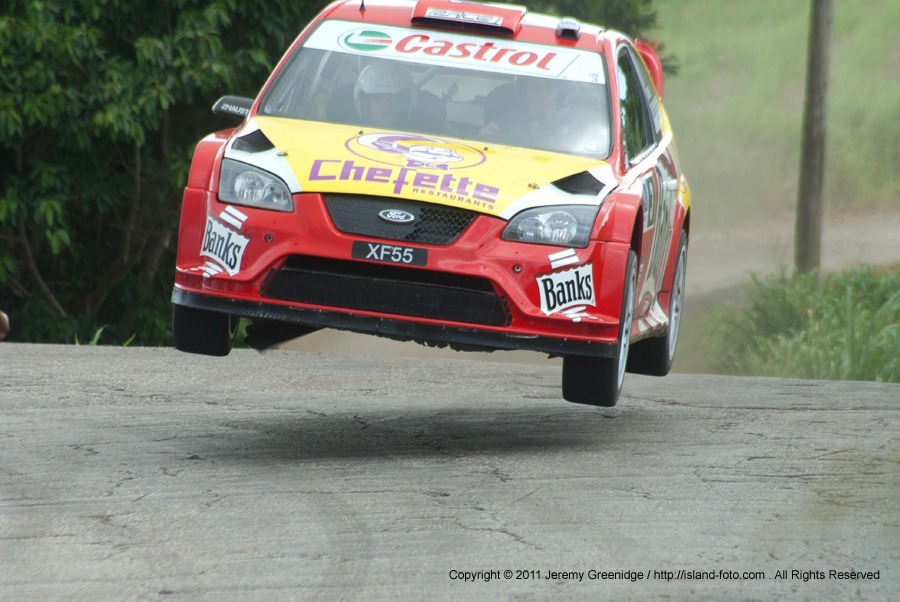
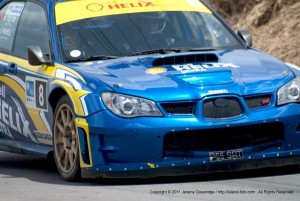
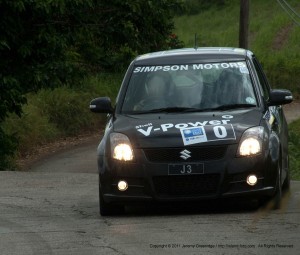
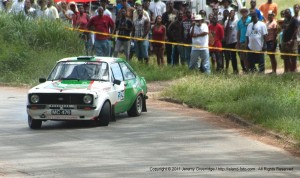
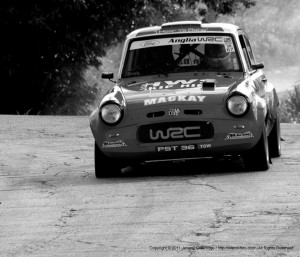
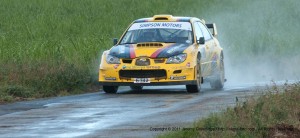
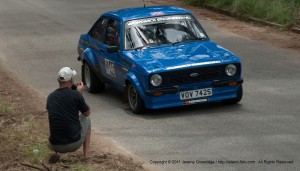
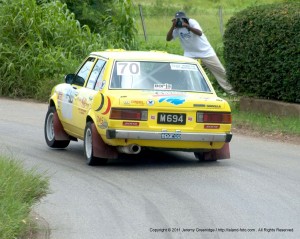
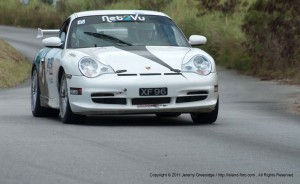
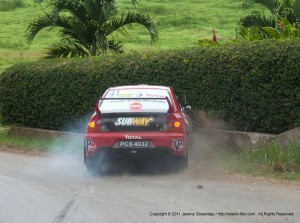

Very helpful for those still learning about the art.
Travis: Thanks, it is also a helpful reminder to those of us in practice!
Doing some motor sports photography is my dream since I was a kid. Very great post! I’ve learned a lot from your article! Thanks!
Kumusta Pinoy:
It is a very exciting shoot, I’m sure you have quite a few Motorsport clubs in the Philippines, contact a few of them and see when you have events close by, they are usually quite happy to have photographers. Let me know how you do!
I appreciate you sharing this blog post.Really looking forward to read more. Great.